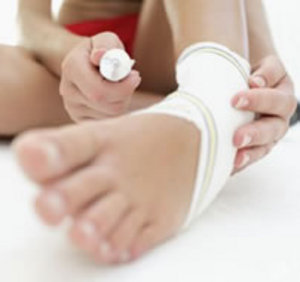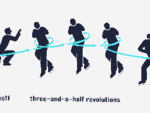Children have a tendency to injure themselves just by spending a normal day playing in the back yard with friends or in the bedroom all by themselves. If your child comes to you complaining of an ankle injury, it’s important to know the difference between a sprain, strain or torn ligament, and how to treat it when it occurs.
With a little fast acting on the part of doctor mom, your child will be on their way to a quick recovery!
Understanding the Difference
Knowing the difference between a sprain, strain or a torn ligament means understanding the damage that occurs to the ligament during the injury.
In a strained injury, the ligament is stretched but not torn. Strained ligament injuries are especially common in children who are walking or running and twist their ankle.
In a sprained injury, the ligament is partially torn as opposed to a torn ligament where the ligament is torn completely.
How to Treat It
In most cases, all three types of ankle injuries can heal properly without medical attention by following a few simple steps.
Step One: Inspect the ankle to see if there is any deformation or severe bruising in the joint area of the ankle which could indicate that the bone has been fractured. While assessing the injury, find out how your child injured him or herself. Most major injuries to the ankle come from falling from a great distance or wrecking a bicycle. By understanding how your child was injured, you’ll be better able to assess the damage that they may have done.
Step Two: Look for swelling near the bony area of the ankle. Generally, in sprains and torn ligaments, there will be immediate swelling and bruising in this general area. Often sprains, torn ligaments and fractures can have the same physical appearance in regards to swelling and bruising, however there’s no need to panic. Home treatment is adequate for most ankle injuries as long as the injured ankle remains rested and protected, so it’s okay to watch and wait to see what happens.
Step Three: Test the weight bearing ability of the ankle. After a few hours, most times your child will be able to put pressure on the injured ankle without a tremendous amount of pain. If, however, your child is unable to put their full weight on the injury for 24 hours then it’s a good idea to seek medical attention.
No matter what the situation, remember to stay calm and remember to use the basic RIP (Rest, Ice, Protection) Rule if an injury occurs. By knowing how to immediately treat an ankle injury in your child, you’ll be able to rest easy every time they go outside to play.
If you have a topic for the Mom M.D. series, please feel free to send in your suggestions.





